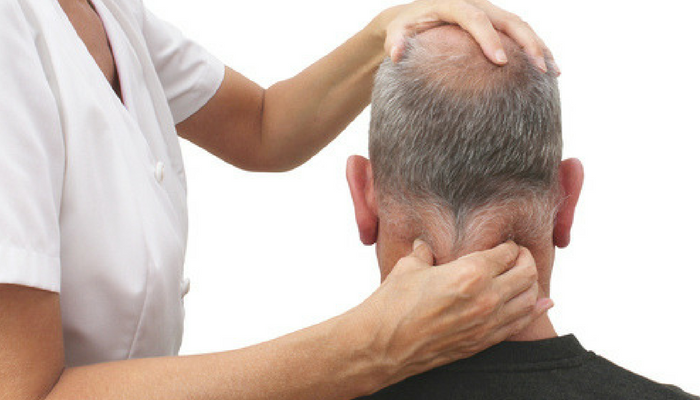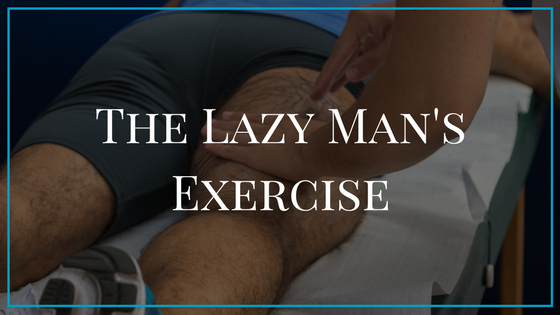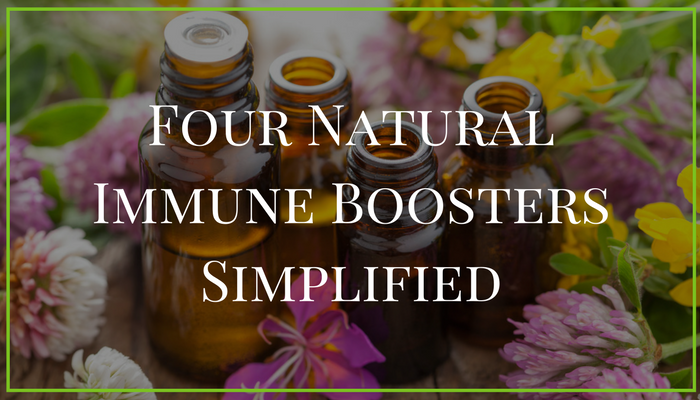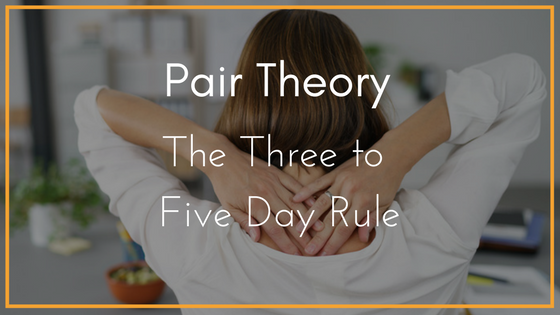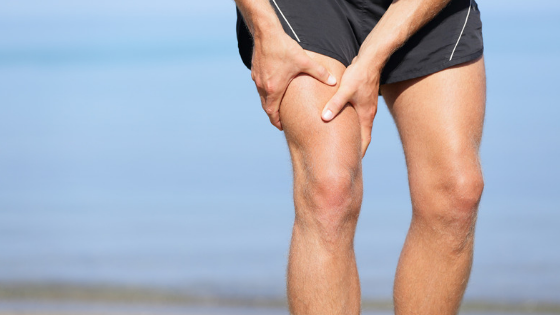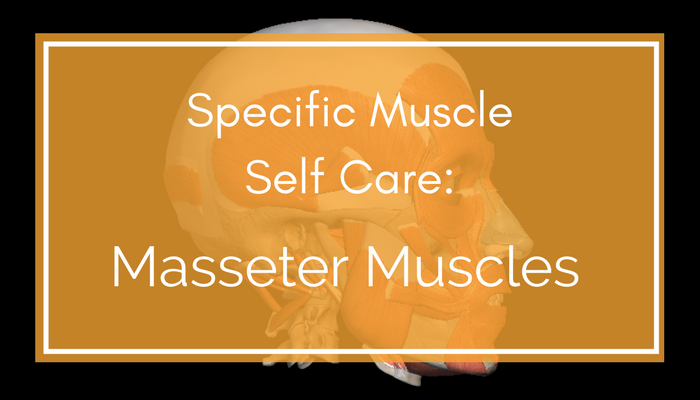Headaches are about as common an ailment as anything these days. When these headaches are caused by stress or tension the ideal solution is pinpointing the source of this tension and working out the soft tissue to relieve your pain.
Admittedly it is always better to have someone else (ideally a professional) work these points than to do try and do it yourself. But sometimes you gotta do the best you can with what you’ve got.
Trigger points are tight spots within the muscles or fascia that cause pain locally or to other referred areas. So before you reach for the painkillers, give rubbing these trigger points a chance:

Suboccipital Trigger Point
The suboccipitals work to keep the head balanced on top of the spine. The sub-occipital muscles are antagonized by the jaw muscles. The jaw muscles, while they don’t affect spinal joints, do have a push-pull relationship with the suboccipitals. Both of these muscle groups routinely harbor trigger points that cause headaches and together are the source of most tension headaches.
Temporalis Trigger Points

The temporalis trigger point is located just above the ears on the sides of the head. The temporalis should be considered in tension headaches. Pain in the upper or lower teeth and gums is the most common pain pattern with this muscle.
Some causes in temporalis pain patterns include chewing gum, tooth grinding, prolonged dental work, stress, emotional tension, jaw/bite alignment, nail-biting, and thumb-sucking.
Obicularis Oculi Trigger Point

The obicularis oculi muscles are found around the eyes. They control movements such as blinking, squinting, and closing the eye. Eyestrain and poor eyesight can cause problems with this muscle.
To treat trigger points of the obicularis oculi muscle, rub just under each eye and just above the cheekbone. Be careful to avoid the eye socket.
Thenar Web Trigger Point

Relieving a tension headache by massaging the trigger point found in the thenar web can be done with simple finger pressure. Locate the fleshy part of the thumb and pinch from both sides of the web. Direct pressure to this area is one of the most simple and effective methods. Press and hold this point until the pain subsides and you feel the muscles relax.
Scalenes and Pectoral Trigger Points

The scalenes are often found in tension headaches and neck problems. Interestingly, pain in the scalenes is often felt in other areas than the scalenes themselves. When rubbing the trigger point within the scalene it is important to not massage this area vigorously or use tools.
The trigger point within the pecs is easy to find by touch. It is on the edge of a hollow directly underneath your collarbone. It is a soft spot between the deltoid and the pectoralis major. It can be rubbed with thumb pressure. If that is inadequate, use the knuckles.
When this trigger point is relieved it tends to relieve a sense of constriction in the chest. You may feel that you have more space to breath in.
Remember: Before you go reaching for medicine, give rubbing these trigger points a chance!
Happy Trigger Pointing!
